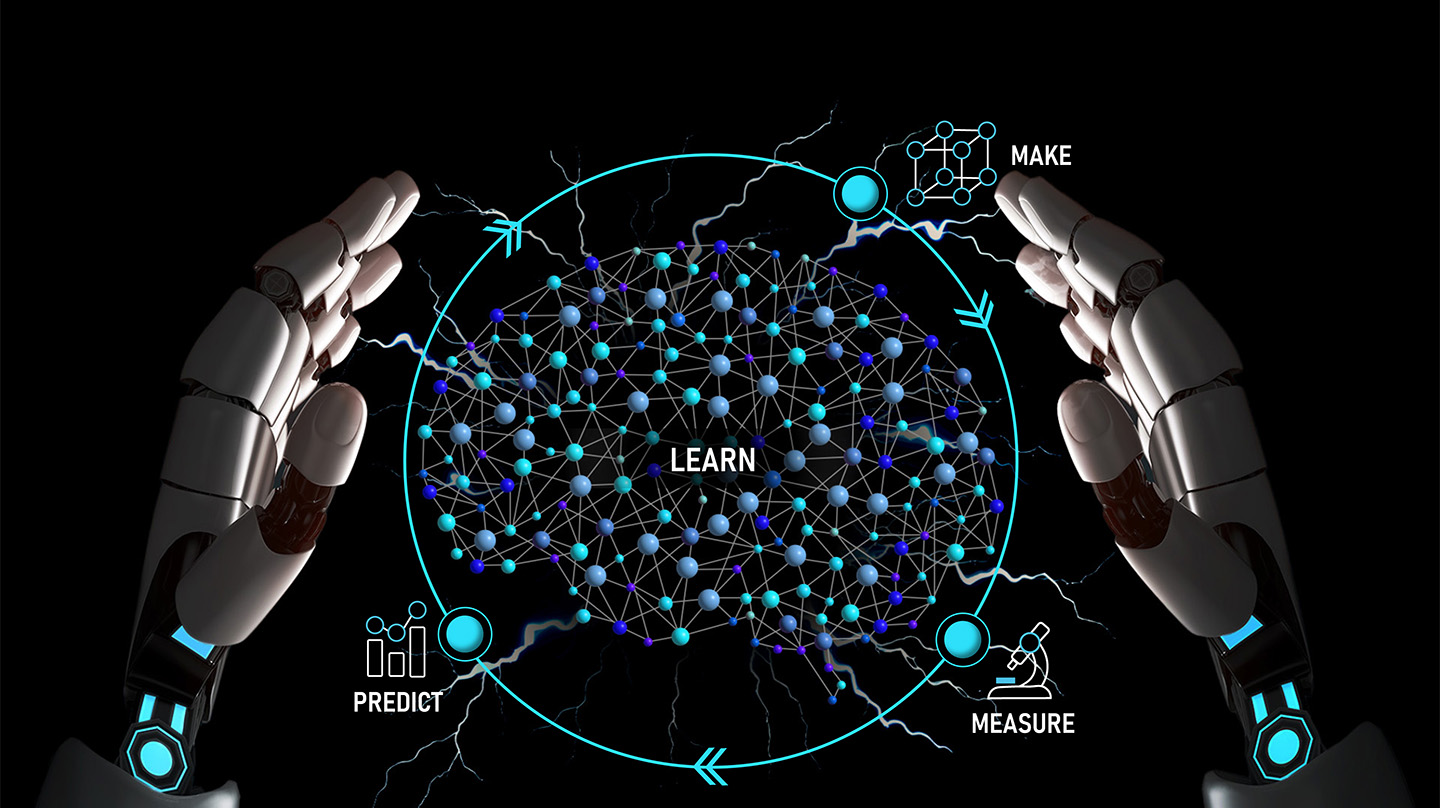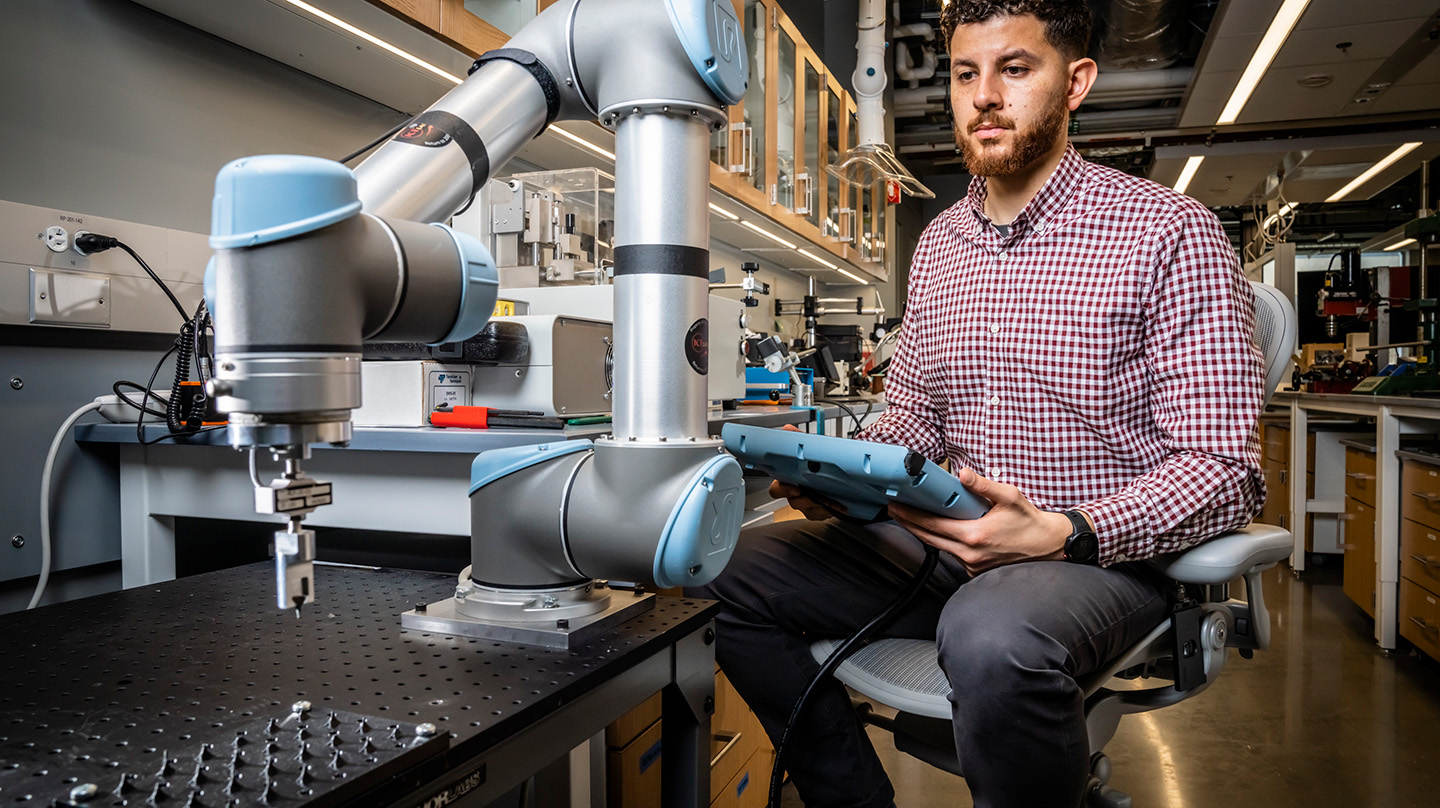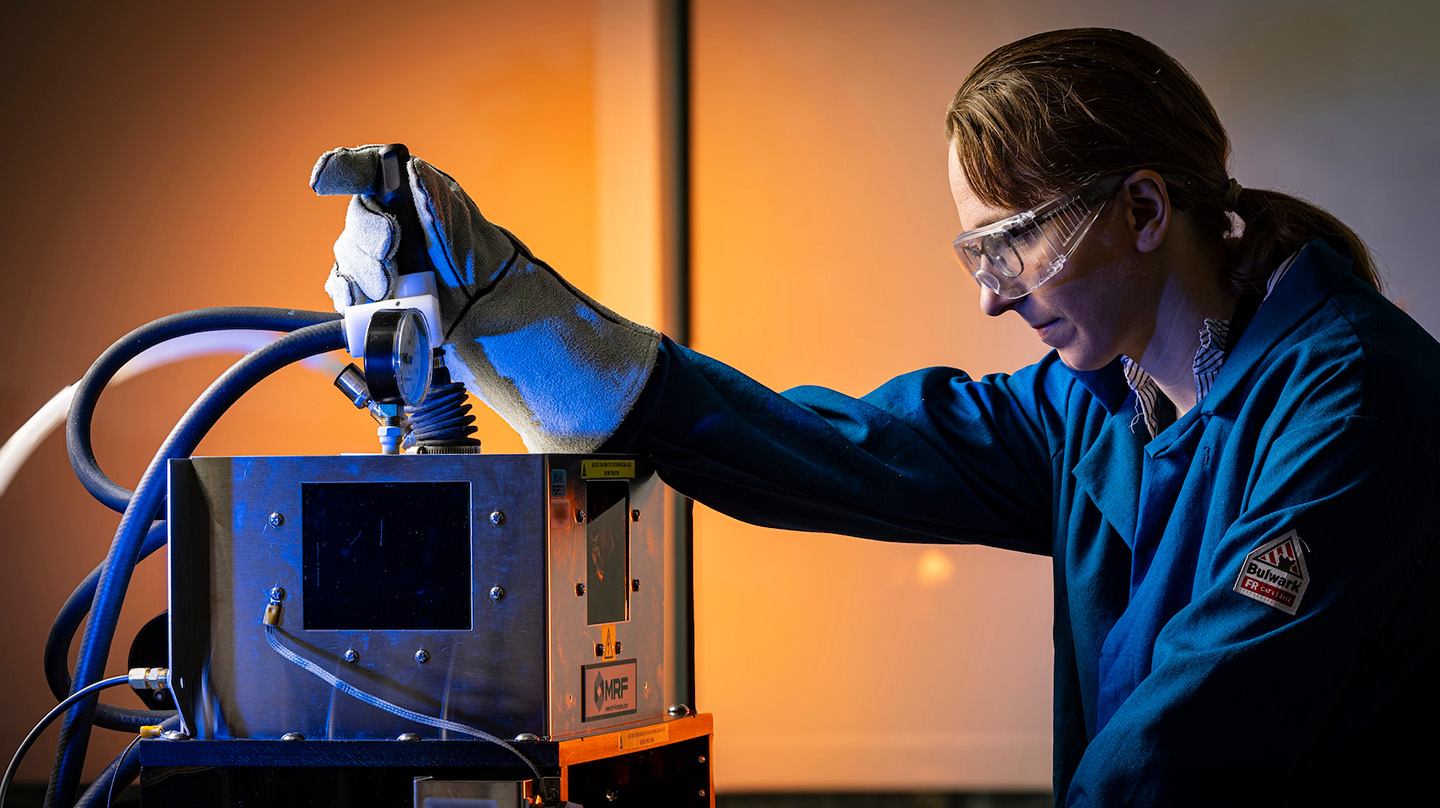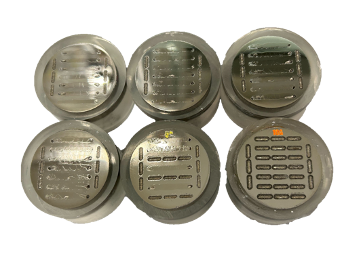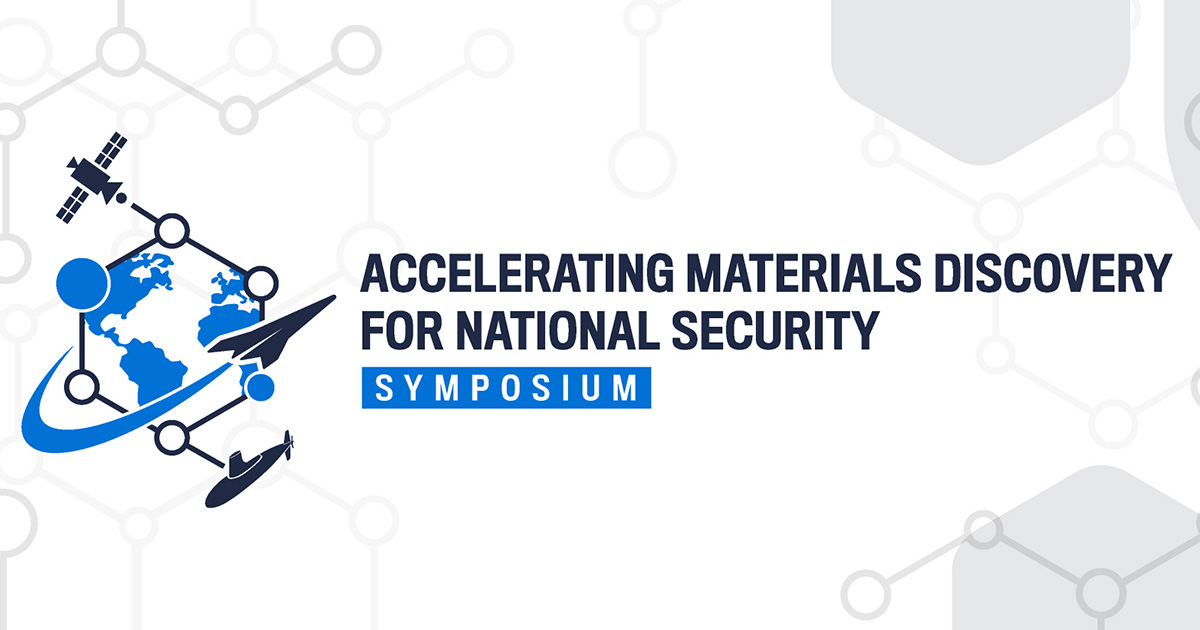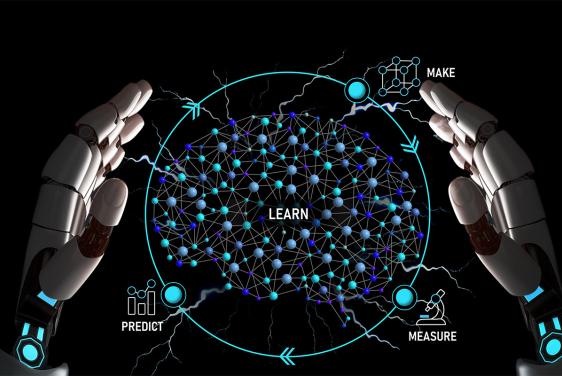Press Release
Johns Hopkins APL Employing AI to Discover Materials for National Security Needs
Bringing together material and data scientists, the Johns Hopkins Applied Physics Laboratory (APL) in Laurel, Maryland, is leveraging the power of artificial intelligence to rapidly discover materials that can withstand extreme environments.
“As the U.S. faces pressing national security challenges, there are increasing operations in austere environments — and those operations require revolutionary new materials,” said Morgan Trexler, who leads APL’s Science of Extreme and Multifunctional Materials program. “We cannot wait decades to discover materials that meet those needs. By infusing AI approaches throughout the discovery process, we can more quickly and intentionally identify materials for complex, specific applications.”
Because researching new materials is time-consuming and expensive, Trexler added, researchers tend to identify and augment shortcomings in existing materials, rather than explore new element combinations from scratch.
“The approach to building on existing materials will only ever yield limited improvements,” said Keith Caruso, chief scientist in APL’s Research and Exploratory Development Department. “To create groundbreaking materials, we need to make a fundamental leap.”
Turning Up the Heat
Caruso leads an APL project that is harnessing improvements in AI and machine learning to find materials that can withstand extreme heat as components of a hypersonic vehicle.
“There are a huge number of structure and element combinations for potential materials,” said Victor Leon, an AI research scientist on the project. “It would be impossible to effectively explore that massive space using a purely experimental and computational approach. But, by combining AI, high-fidelity density functional theory simulations and material science knowledge, we can narrow the search to a more palatable set of combinations.”
The team’s focus on applications for high-temperature capabilities drove the creation of a novel AI architecture for materials discovery that can target desired properties, structures and chemistries. Once the search is refined, APL researchers create prototypes and use high-throughput screening to rapidly measure material characteristics. The process is repeated over and over, each time feeding new information into the AI model to provide more predictive results.
“Materials discovery is really a three-part problem,” said Christopher Stiles, chief scientist of APL’s Electrical and Mechanical Engineering Group. “First, you need to discover the potential composition and structure. Then you need to discover how to synthesize the material. Finally, you need to measure relevant properties and, if properties meet desired values, understand what compositional, structural or processing aspect, or combination thereof, is responsible for that unique behavior you didn’t have yesterday.”
The project is one of several at APL targeting the discovery and development of materials with unprecedented properties that can withstand extreme environments.
